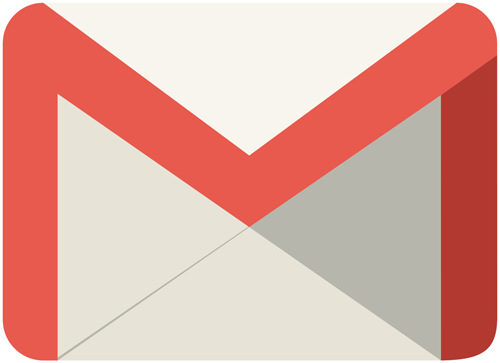How Email Marketers Can Improve Deliverability After Gmail's Latest Update

By Bob Sybydlo, Yes Lifecycle Marketing
In an effort to protect consumers from malware and spam, Gmail rolled out a new security update that warns users about potentially harmful messages from unauthenticated senders. This update will help subscribers differentiate emails from legitimate businesses and malicious hackers. With constant pressure to improve deliverability rates, many email marketers are concerned that this update is just one more bullet to dodge when strategizing their next outreach efforts. However, for most marketers, Gmail's new update will only improve the customer-retailer relationship.
Stricter email standards protect consumers from phishing attempts and spam, ultimately freeing up inboxes for smart marketers. By adhering to higher email standards, brands can connect with the customers who are actually interested in engaging - a better use of marketing spends with higher returns.
These benefits are only available to those companies that comply with Gmail's rising standards, however. To do so, here are three best practices to avoid sending unauthenticated messages to Gmail users:

1. Step Up Deliverability Monitoring
To avoid being labeled as a spammer by Internet service providers (ISPs), marketers need to keep a constant eye on deliverability rates. Tracking bounce-back rates and running blacklist scans ensure email campaigns are not deployed to email addresses that don't exist. This increases the likelihood that email messages will be authenticated and helps marketers safeguard all future marketing efforts against new security updates.
2. Improve Data Hygiene
Good data hygiene is key to maintaining a credible presence in customer inboxes. For improved data hygiene, start from the point of collection. If sales representatives are collecting email addresses in the store, make sure they verify for better accuracy. Use confirmed opt-in forms online to reduce entry errors-this ensures shoppers are choosing to receive emails from brands rather than being pressured into it.
In addition to opting in, subscribers should always be able to easily remove themselves from mailing lists, too. Identify and remove inactive subscribers quickly, and take measures to avoid spam trap email addresses, which will again increase the chances for email authentication.
3. Send Relevant, Personalized Content
ISPs are more likely to flag content that isn't highly targeted and relevant. Customers are also less likely to click on Irrelevant content, so emails should be finely tuned anyway.
Personalization should go far beyond (First_Name) greetings. Target customers based on demographics like age, gender or marital status to provide more relevant content and boost click-through rates. Additionally, marketers should communicate with customers differently based on interactions with their brands. For example, marketers can send cart and browse abandon emails for customers that shop around without converting, and offer personalized product suggestions. A subject line like, "50 percent of your next order" can earn back disengaged shoppers' loyalty, all the while keeping branded emails out of the spam box.
Likewise, milestone triggers like birthdays and anniversaries are proven to increase engagement and benefit from unique email copy. Again, a subject line like, "Celebrate your birthday with us: enjoy your next purchase for free! serves dual purposes." Content that appeals more specifically to customers will improve ROI and also discourages shoppers from flagging emails as spam, keeping brands under the radar of stricter security updates.
Gmail's new update is only a small part of a trend to protect consumers from the onslaught of spam. For instance, Google's update comes shortly after an advisory from Canada's telecommunications regulator warning about stricter enforcements of the Canada Anti Spam Legislation (CASL), which requires businesses to keep records of customers' consent to receive emails. As more brands compete for shoppers using email marketing programs, expect more regulations that protect consumers.
Again, however, higher industry security standards should not frighten email marketers that stick to best practices. Brands that commit to sending targeted, relevant and quality messages will only be ahead of the curve as more protections are instituted.
Bob Sybydlo is the director marketing intelligence and deliverability at Yes Lifecycle Marketing, a marketing services provider giving marketers an integrated and optimized approach for delivering relevant messages from a single vendor.










